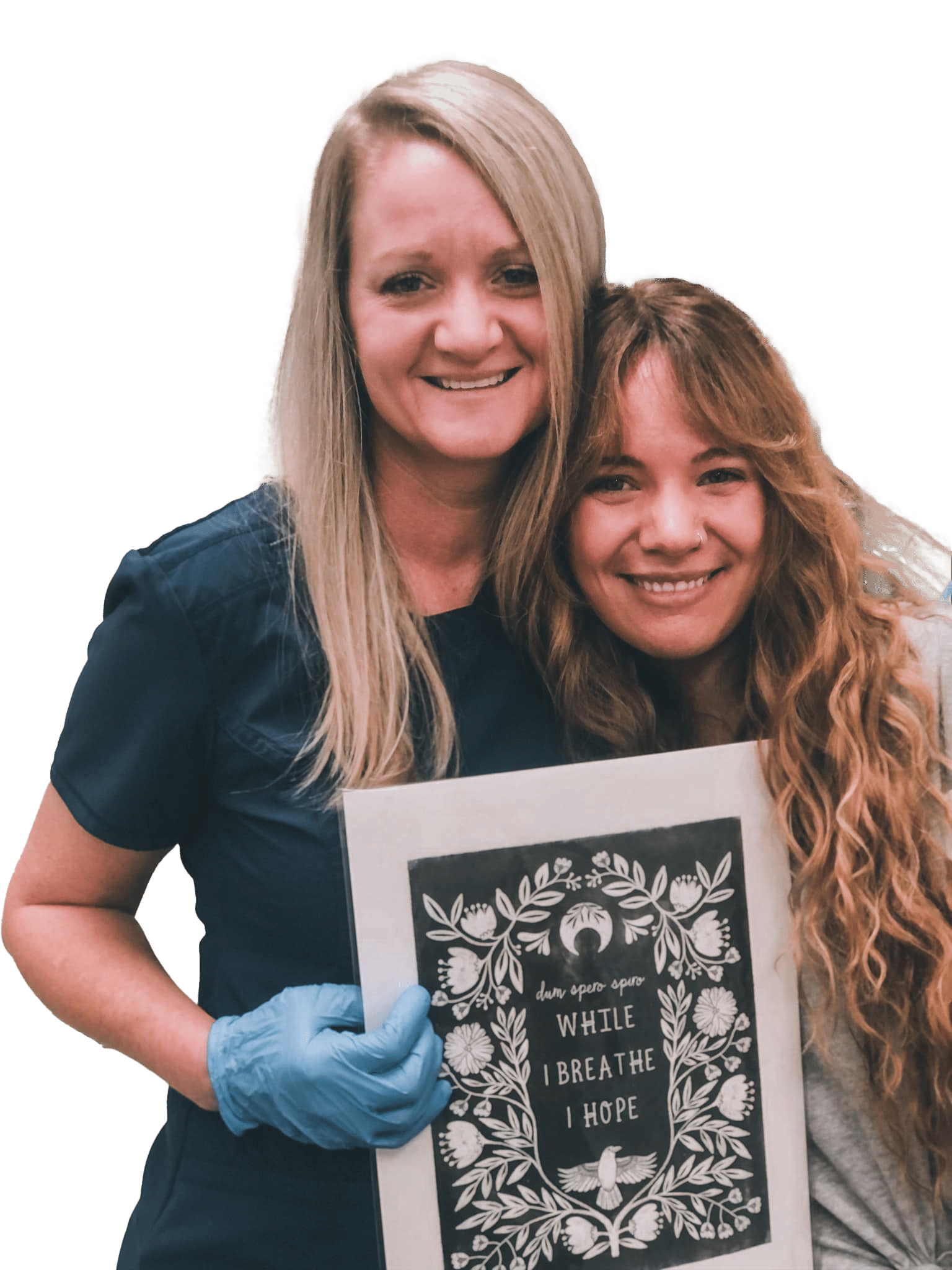
Additionally, a growing number of children with Long COVID develop secondary conditions, further blurring the lines between cause and effect. These secondary illnesses can range from chronic fatigue syndrome and postural orthostatic tachycardia syndrome (POTS) to autoimmune disorders and neurological complications. The return of symptoms, or symptom flare-ups, may be triggered by new infections, physical or emotional stress, or in some cases, with no clear cause at all.
If you don’t see your child’s specific symptom on this list, don’t lose hope. Long COVID is still being studied, and new discoveries are emerging. The lack of recognition today does not mean your child’s experience isn’t real. Your role as an advocate is critical—seeking answers, connecting with others, and refusing to accept dismissal can make all the difference.
Knowledge is power, and your voice matters. The more parents, patients, and medical professionals speak up, the more awareness and research will follow. Your child’s diagnosis is not a sentence—it’s a starting point. What you believe about their recovery shapes their reality. Who is responsible for their health? You are. Who cares most about their well-being? You do. That means taking charge, questioning everything, and ensuring no stone is left unturned.
I hope this information brings clarity and reassurance. If you recognize your child’s struggles, know you are not alone. Understanding their symptoms is the first step toward real progress. If new or alarming symptoms arise, don’t hesitate to seek medical advice. Long COVID is complex, but it should never be an excuse to overlook other potential conditions.
Never let a doctor—or anyone—dismiss your concerns. Trust your instincts. Stay vigilant. Your child’s health is in your hands, and with that comes both responsibility and empowerment. Stay relentless in your pursuit of answers, because your child deserves nothing less.
If your child is showing symptoms of Long COVID, don’t wait. Book a free Zoom consultation with a chronic pain and Long COVID specialist, or call us today to speak with a member of our team. You can also submit a form on our website to learn more.

Disclaimer: The information written on this website is designed to provide helpful information on various conditions and the subjects discussed. This website is not meant to be used to diagnose or treat any medical condition or to replace the advice of your physician(s). The author of this website does not claim to treat, diagnose or cure Long COVID, CRPS, EDS/POTS, AMPS, or any other specific condition or infection. The Spero Clinic treats the central nervous system only, often resulting in the body being able to heal itself.
You should regularly consult a physician in matters relating to your health, particularly with respect to any symptoms that may require diagnosis or medical attention. For diagnosis or treatment of any medical problem, consult your own physician(s).

Start your patient journey with the Spero Clinic's neurologic rehabilitation program.
